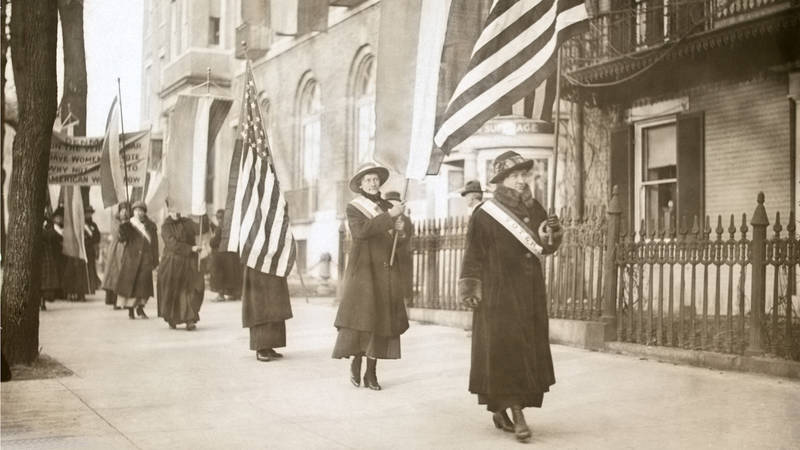Summer 2013
Desert Storm
Fort Bowie stood at the center of America’s most brutal Indian Wars.
It’s not easy to get to Fort Bowie. The only motorway into this southern Arizona national historic site is a dusty dirt lane, and from the parking lot, you have to hike 1.5 miles through rolling scrublands to reach the fort and visitor center. (Visitors physically unable to make the trek can drive a back road to get there.)
It’s precisely this challenge that makes visiting Fort Bowie such a compelling park experience. Walking the trails, complete with interpretive waysides and a cemetery, visitors get a sense of the isolation that people must have felt living here—the Chiricahua Apache Indians, the settlers, and the soldiers who eventually secured this mountain pass. Hit the trail when the light’s just right, and you’ll also understand why the Chiricahua warriors fought so ferociously to defend this land.
For nearly two centuries, Chiricahua Indians lived here in relative peace. But in 1861, a young American lieutenant named George Bascom marched into Apache Pass with 54 soldiers and falsely accused Cochise, a great Chiricahua chief, of stealing horses and abducting the 12-year-old son of a nearby rancher. After a tense confrontation, Bascom threatened to hold hostage Cochise and his cohorts until the rancher’s boy was returned—a request impossible to fulfill. The chief escaped, soldiers seized the small band of Indians accompanying him, and the following day, Cochise returned with a band of warriors set on vengeance. Within two weeks, both sides had executed hostages, igniting bloody guerilla warfare that would last for a decade.
In 1862, after the country erupted into civil war, Union troops marching from California to fight Confederate troops in New Mexico instead found themselves battling Chiricahua Indians for access to spring water, which spurred the building of Fort Bowie. By stationing soldiers here, the U.S. Army could secure crucial resources and escort Americans through Apache Pass, a snow-free route for mail carriers, soldiers, and settlers traversing the country. Construction began on July 28, 1862.
THE APACHE WARRIOR
Fort Bowie’s soldiers fought hard to keep Chiricahua warriors at bay, but living conditions left much to be desired. “The quarters, if it is not an abuse of language to call them such, have been constructed without system, regard to health, defense or convenience,” wrote one officer. “By the removal of a few tents, the place would present more the appearance of a [small rural settlement] than a military post.”
Supplies arrived irregularly and in poor condition—bread infested with weevils, salt pork inedible, and vegetables scarce or nonexistent.
“I’m sure sometimes they wondered, ‘What’s the point?’” says Larry Ludwig, historian at Fort Bowie National Historic Site. “Desertion was pretty high [and might’ve been even higher], but once soldiers got out here, there was no place to go. You had a hundred miles to get to Tucson, with almost nothing in between except Apaches that didn’t care too much for you.” (Soldiers found it more appealing to stay put in 1868, when the Army built a second fort with officer quarters, a post office, and a general store.)
In 1876, during a brief spell of peace, the Chiricahua tribe reluctantly agreed to move to San Carlos, a reservation on the Gila River north of Fort Bowie. Wary of the corruption that tainted so many reservations, a band of Chiricahua warriors fled to Mexico’s Sierra Madre Mountains with hopes of someday returning to their homeland. It was here that a notorious warrior rose to power: Geronimo.

National Parks
You can read this and other stories about history, nature, culture, art, conservation, travel, science and more in National Parks magazine. Your tax-deductible membership donation of $25 or more entitles…
See more ›For the next few years, generals directed unsuccessful operations against Geronimo and his so-called renegades. In 1886, General Nelson Miles decided the only way to secure peace was to remove all Chiricahua Apaches from Arizona, and the government transferred 382 Indians from San Carlos to Fort Marion, Florida. (The evacuation even included Chiricahua Indians who had served the U.S. Army as scouts for years.) Only then did Geronimo surrender, in a desperate attempt to reconnect with his people. On September 8, 1886, the Army loaded the last Chiricahuas on a train to Florida, marking the end of the Apache Wars.
Mission fulfilled, troops marched out of Fort Bowie for the last time on October 17, 1894. But lessons from the fort remain fresh today. “The military learned a lot from the Apache Wars,” Ludwig says. “They learned how to deal with guerilla warfare and employ native peoples as guides and scouts. They learned how to pack mules well—if they’re packing mules in Afghanistan, they’re probably using the same procedures invented by [generals who fought the Apache Wars].” In fact, Ludwig adds, roughly 800 of the nearly 8,000 annual visitors to Fort Bowie are military personnel studying techniques that the Army developed there.
“Today these ruins stand as a monument to the American soldier who for more than 20 years endured the hardships and dangers of campaigns that rank among the most arduous in military history,” writes Robert M. Utley in Clash of Cultures: Fort Bowie and the Chiricahua Apaches. “But the ruins also commemorate the Chiricahua Apache Indian. With his blend of fighting qualities and his mastery of guerilla tactics, he successfully defended his homeland against Spaniards, Mexicans, and Americans for two centuries. In the end he succumbed only when his own kin were mobilized against him.”
Associate Editor Amy Leinbach Marquis visited Fort Bowie in 2009; it remains one of her favorite park experiences to date.
About the author
-
 Amy Leinbach Marquis
Amy Leinbach MarquisAmy Leinbach Marquis is former associate editor at National Parks magazine.


